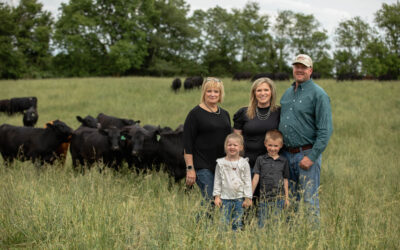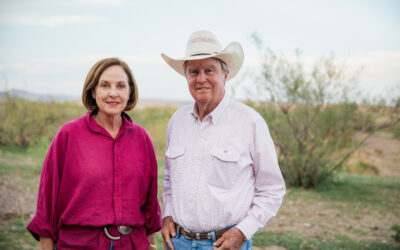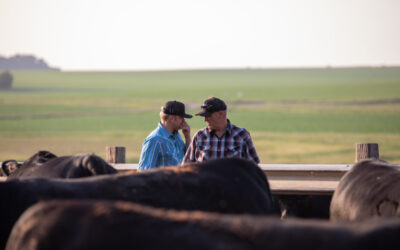
Black ink in the Black Hills
It would make a beautiful campground.
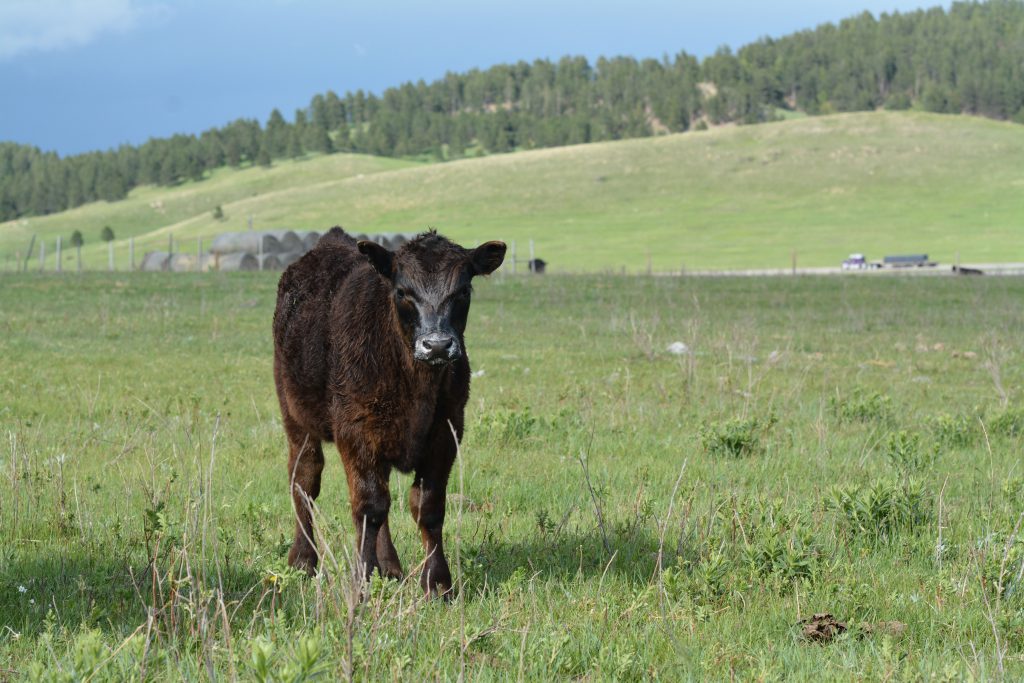
“Our opportunities for expansion are sure limited because of where we live,” Ken Snyder told me, as he and sons Andrew and Daniel drove me around the land they Snyder family has called home since the 1940s.
But there are no plans to build a lodge or sub-divide.
Expansion is squarely focused on breeding better cattle and getting more for each head.
That’s the game plan started as Ken graduated from South Dakota State University in the 1980s, and it’s how the ranch has grown to be able to support three households when two of three sons came back after studying in Brookings, too.
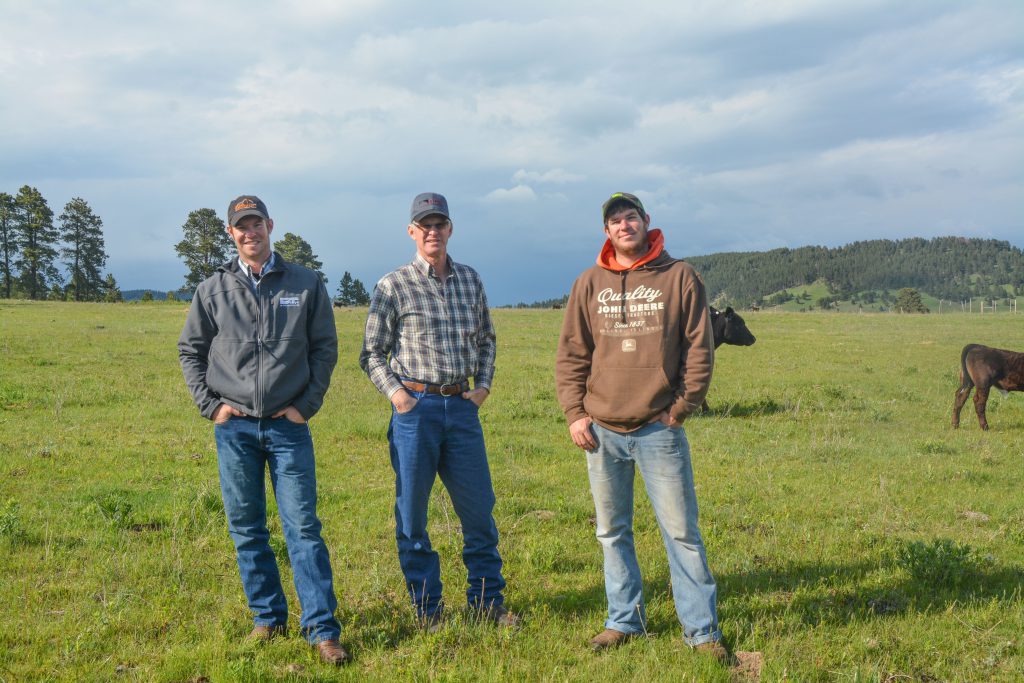
They’ve retained ownership since 1987.
“We had some neighbors that were successful and some other ranchers that were feeding their own cattle and so my dad was open to it,” Ken says.
Many years, that generated more income on the same land base. But, as we talked, it became clear that today the information they get back is an equally valuable piece of that equation.
“Ken and his boys are really into the data. They’re very inquisitive and they like to learn,” says Tom Williams, Chappell (Neb.) Feedlot. The owner-manager has fed their cattle for more than a decade. “I’d say they’ve been one of our best customers for overall, across-the-board improvement.”
He’s ultrasound-sorted and returned individual carcass data back since day one.

“That is what turned us more and more Angus,” Ken admits.
They’ve improved grade and muscling at the same time. Last year 233 steers went 58% Certified Angus Beef ® (CAB®) brand and Prime, with just 5.2% yield grade (YG) 4s.
Using that feedback helps them to further hone their artificial insemination (AI) program.
“AI has just done a tremendous job of moving us,” Ken says. Twenty-one years ago, they started with a small group of heifers, but today they AI about three-fourths of the cow herd, too. “Even if you just move quality grade up a third of a score, that’s a lot more money in your pocket.”
Fellow SDSU grads and Angus fans, who are interested in all the black ink they can get. No wonder I enjoyed my late May visit so much!
May your bottom line be filled with black ink,
Miranda
P.S.–Watch Angus Media for their full feature story later this fall.
You may also like
An Ambassador for All
Joanie, with daughter Lindsey and her husband, Adam Hall, raise registered Angus cattle with two primary goals: producing high-quality seedstock that perform well in a wide variety of environments and ensuring end-user satisfaction. Those goals tie everything together, from promoting Angus to other producers to sharing their story with CAB partners and beef consumers.
An Unforgiving Land
What makes a ranch sustainable? To Jon, it’s simple: the same family, ranching on the same land, for the last 140 years. The Means family never could have done that without sustainability. Responsible usage of water, caring for the land and its wildlife, and destocking their herd while the land recovers from drought.
System Over Scale
For Dallas Knobloch, it’s not about being the biggest feedyard—it’s about building a high-quality system that works. Today, with Tory’s wife Sadie and daughter Ivy, the Knobloch family owns and operates 4K Cattle. They feed 2,500 cattle at eight locations within 10 miles of home, manage 1,000 acres of crops and run a 125-head cow herd, all near Hills, Minn.

